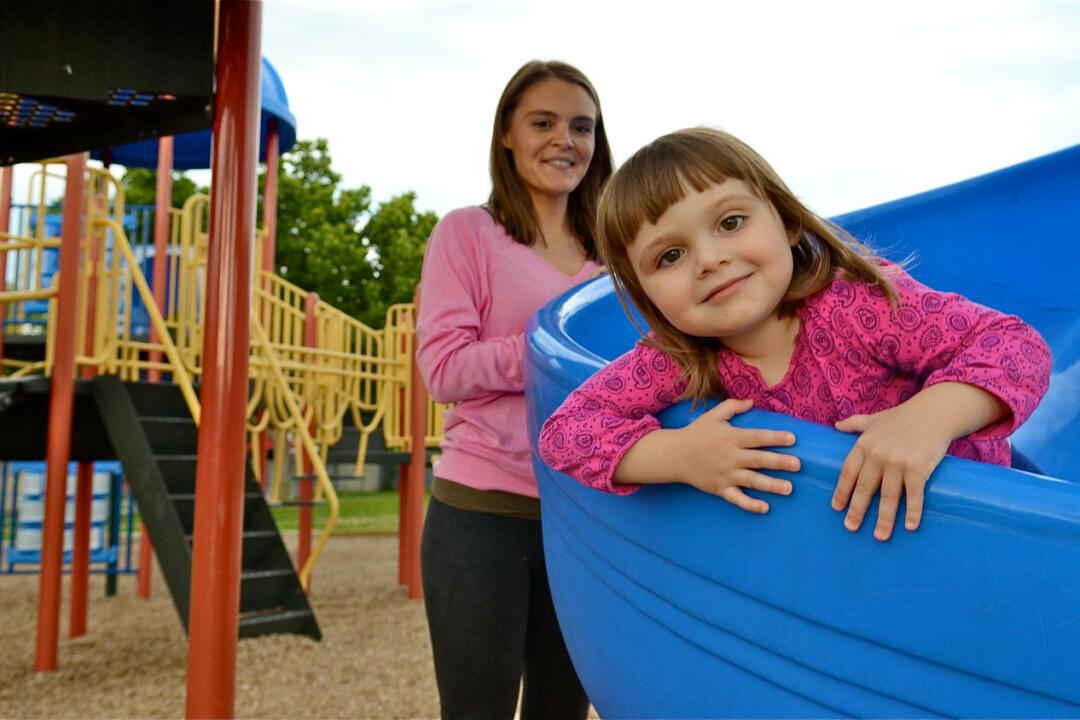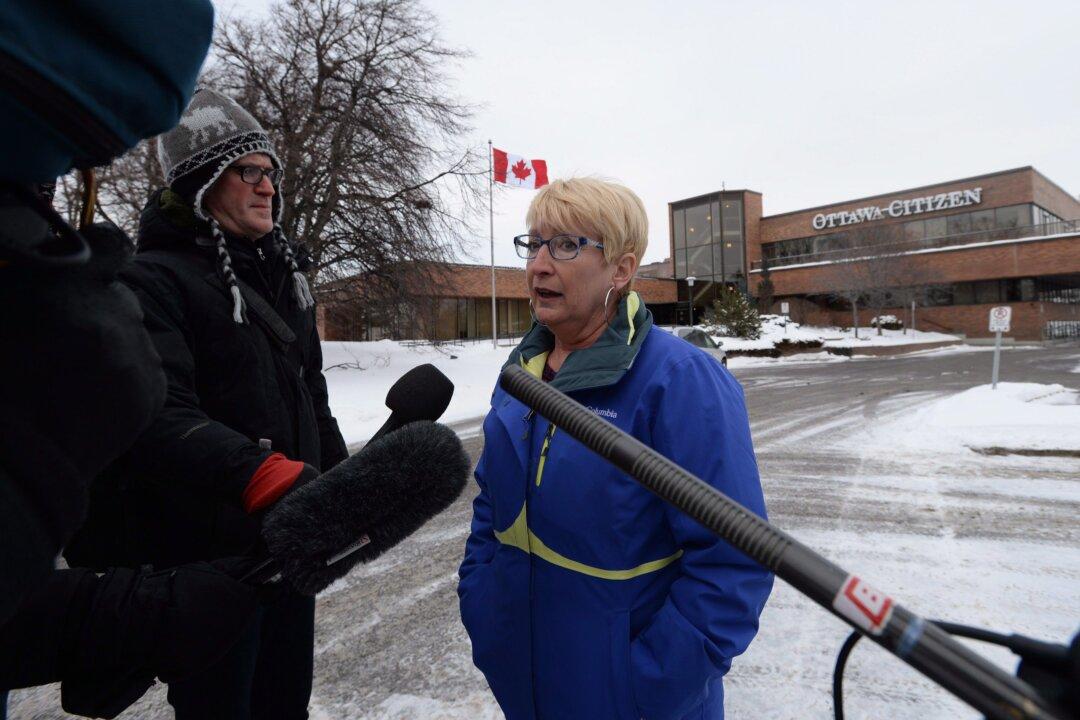An annual report card on physical activity among kids has given Canada a near failing grade of D minus, ranking Canadian children comparatively lower than those in 14 other countries.
The report has ranked Canadian kids physical activity every year for a decade, and shows a steady decline in physical activity overall.
“There are a couple of things we can say about looking at the 10-year lens,” said Dr. Mark Tremblay, director of Healthy Active Living and Obesity Research Group and the researcher who compiled the data for Active Healthy Kids Canada.
“We aren’t succeeding very well—the overall grades for physical activity are bad and have been bad throughout the 10 years.”
The report found that Canada performs well in the planned physical activity that takes place in schools and daycare centres, and planned sports, but rates poorly for sedentary behaviours, active play, and activities such as walking.
“In Canada and the United States we have gone toward the organized structured kind of approach: My kids signed up for hockey or dance and therefore they got there activity and I don’t need to worry about it,” said Tremblay.
“What we learn when we look at Mozambique, Ghana, South Africa, Finland—that is not how you get that high grade in physical activity. Sport is not enough.”
In other countries’ scores, Mozambique and New Zealand received a B, Mexico (C+), Kenya (C), Nigeria (C), England (D+), Columbia (D), Ghana (D), Finland (D), and South Africa (D). Meanwhile, Australia, Ireland, and the U.S. all received Canada’s ranking of D-, while Scotland failed.
A mix of everyday physical activity with organized sports seems to make the difference, explains Tremblay.
“The countries that have a blend of all those sorts of things do better,” he said.
“This compartmentalization, almost like making physical activity like a vitamin—you go and do something and get it done with. That is not how we evolved and not how it is meant to be.”
Mary Tasi, an urban planner in Vancouver and co-owner of Sky Spirit Studio, explains that since the 9/11 terrorist attacks in New York there has been a growing need for everything to be safe, which she links to the rise of the regimented scheduling of physical activity. The city is presently trying to develop a definition of walkability, but safety concerns are hindering the process.
“We are trying to get the walkability definition into the new community official plan. It is not in there, it just said we need walkability, but we don’t have it defined,” said Tasi, a member of the Canadian Institute of Planners.
“We have to take the word ‘safe’ out because ‘safe’ is what has caused this problem, from my point of view. It meant in some places take down the trees and don’t have places to loiter, forgetting that children and youth need those things.”
Kaven Baker-Voakes is a freelance reporter based in Ottawa.




